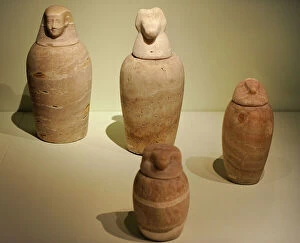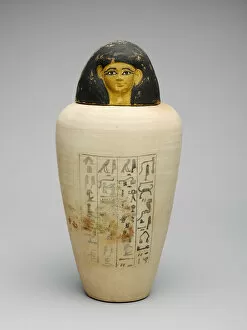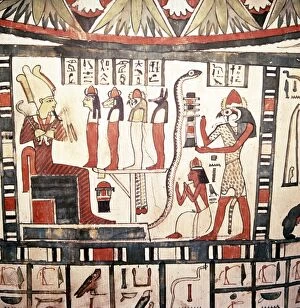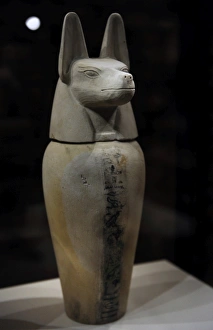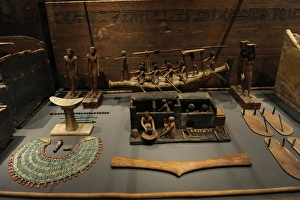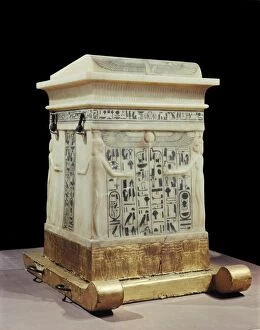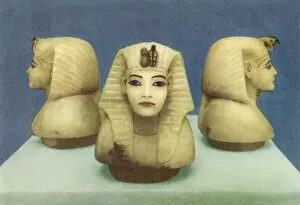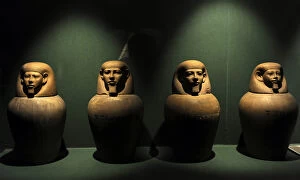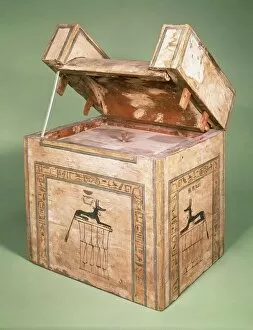Canopic Collection
"Unveiling the Mysteries of Canopic Jars: Ancient Egyptian Artifacts" Step into the captivating world of ancient Egypt with a glimpse into the enigmatic realm jars
All Professionally Made to Order for Quick Shipping
"Unveiling the Mysteries of Canopic Jars: Ancient Egyptian Artifacts" Step into the captivating world of ancient Egypt with a glimpse into the enigmatic realm jars. These vessels, intricately crafted and steeped in symbolism, played a vital role in preserving the organs of mummified individuals. Canopic jars were an integral part of Egyptian burial rituals during various dynasties. They served as protective containers for specific organs - liver, lungs, stomach, and intestines - carefully removed from the deceased before embalming. Each jar was associated with one of four protective deities known as the Sons of Horus: Duamutef (jackal-headed), Hapi (baboon-headed), Imsety (human-headed), and Qebehsenuef (falcon-headed). The craftsmanship exhibited on these canopic jars is awe-inspiring. From exquisite lids shaped like animals or human heads to ornate carvings adorning their surfaces, they showcase the mastery and attention to detail that defined ancient Egyptian artistry. One remarkable example is a canopic jar discovered from Tutankhamun's tomb. This Middle Kingdom artifact features a lid adorned with an intricate carving depicting Isis, goddess of protection and motherhood. Another striking find is a beautifully carved shrine covered in gold leaf dating back to 1935; it sparkles with opulence even after centuries have passed. These treasures not only provide insight into ancient Egyptian beliefs about death and afterlife but also offer glimpses into their artistic prowess. The discovery by Mr Flinders Petrie further expanded our understanding through his collection encompassing Egyptian, Greek, and Roman antiquities. As we marvel at these remnants from another time, let us appreciate how they connect us to an era rich in history and culture—a testament to humanity's enduring fascination with life beyond mortality itself.


